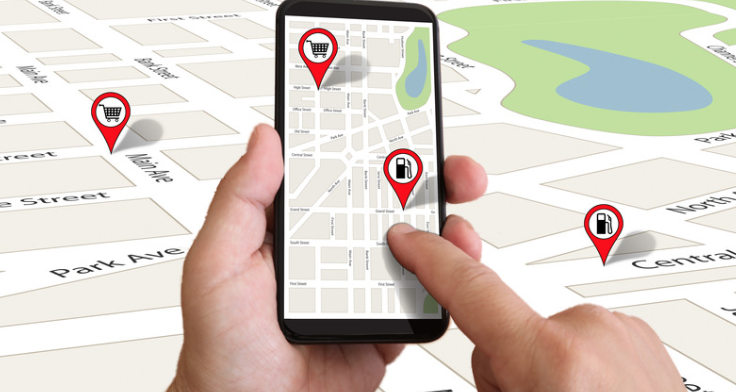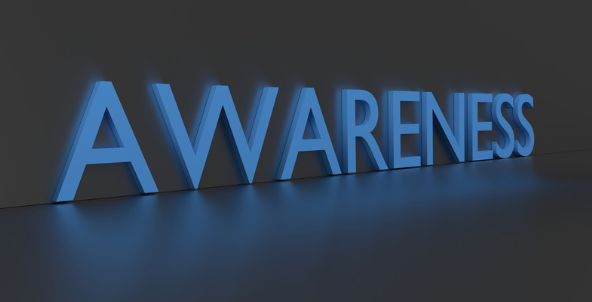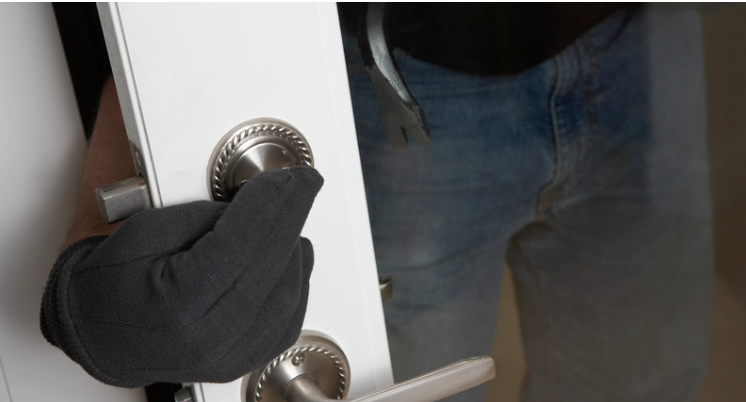Eyes Wide Open: Mastering Situational Awareness for Personal Safety
Mastering situational awareness is crucial for personal safety in today’s unpredictable world. By understanding the concept of situational awareness, enhancing observation skills, and staying alert to potential threats, individuals can proactively assess and respond to different situations with heightened awareness. In this blog post, we will explain the importance of situational awareness in personal safety, provide techniques for enhancing observation skills, and offer tips for assessing and responding to different situations with heightened awareness.
- Explanation of situational awareness and its role in personal safety:
Situational awareness is the conscious and continuous process of gathering and interpreting information about your surroundings. Its role in personal safety is multifaceted. Consider the following:
- Recognizing potential threats: Situational awareness allows individuals to identify potential threats or hazards in their environment, including suspicious behavior, unfamiliar surroundings, or other warning signs.
- Assessing risk levels: By maintaining situational awareness, individuals can assess the level of risk in different situations and adjust their actions accordingly, minimizing their vulnerability to harm.
- Making informed decisions: Being aware of one’s surroundings empowers individuals to make informed decisions quickly and effectively, whether it’s choosing the safest route, avoiding confrontational situations, or seeking help when needed.
- Techniques for enhancing observation skills and staying alert to potential threats:
Enhancing observation skills is key to maintaining situational awareness and identifying potential threats. Consider the following techniques:
- Mindfulness and presence: Practice being fully present in your surroundings, actively observing and absorbing details without distractions. Cultivate a mindset of curiosity and attentiveness.
- Scan and assess: Regularly scan your environment, paying attention to people, objects, and changes in your surroundings. Assess the body language, behavior, and interactions of individuals around you.
- Trust your intuition: Pay attention to your gut feelings and instincts. If something feels off or raises your suspicions, trust your intuition and take appropriate action to ensure your safety.
- Tips for assessing and responding to different situations with heightened awareness:
Assessing and responding to different situations with heightened awareness can significantly improve personal safety. Consider the following tips:
- Plan ahead: Before entering unfamiliar environments, research and gather information about potential risks and safety measures. Develop a mental or written plan for responding to various scenarios.
- Practice situational adaptability: Adapt your awareness to different situations, environments, and contexts. Be aware of cultural norms, local customs, and any specific risks associated with different locations.
- Maintain a low-profile presence: Avoid drawing unnecessary attention to yourself. Dress appropriately for the environment, be mindful of your behavior, and avoid unnecessary displays of wealth or possessions.
- Take proactive measures: Carry personal safety items, such as a whistle, pepper spray, or personal alarm, for added protection. Consider self-defense training or emergency response courses to enhance your preparedness.
Mastering situational awareness is a fundamental aspect of personal safety. By understanding the concept of situational awareness, enhancing observation skills, and staying alert to potential threats, individuals can proactively assess and respond to different situations with heightened awareness. Remember, developing situational awareness is a continuous practice that empowers individuals to protect themselves, make informed decisions, and navigate the world with confidence.




